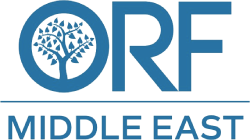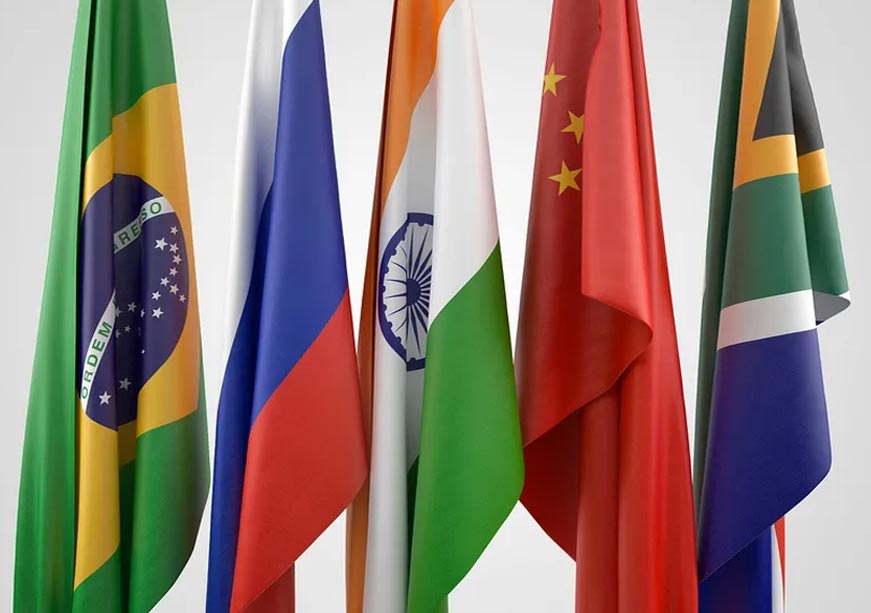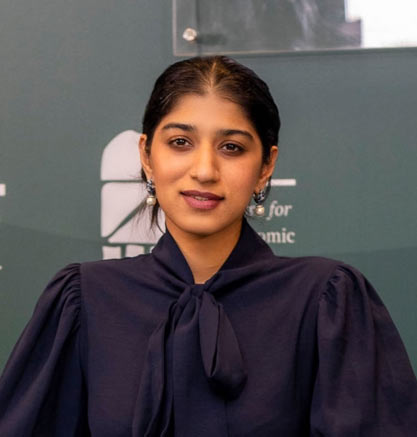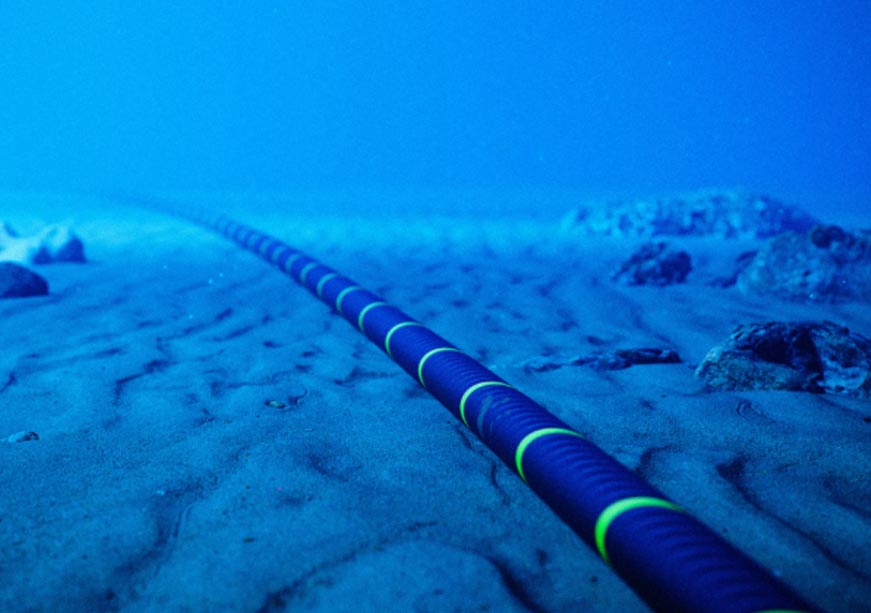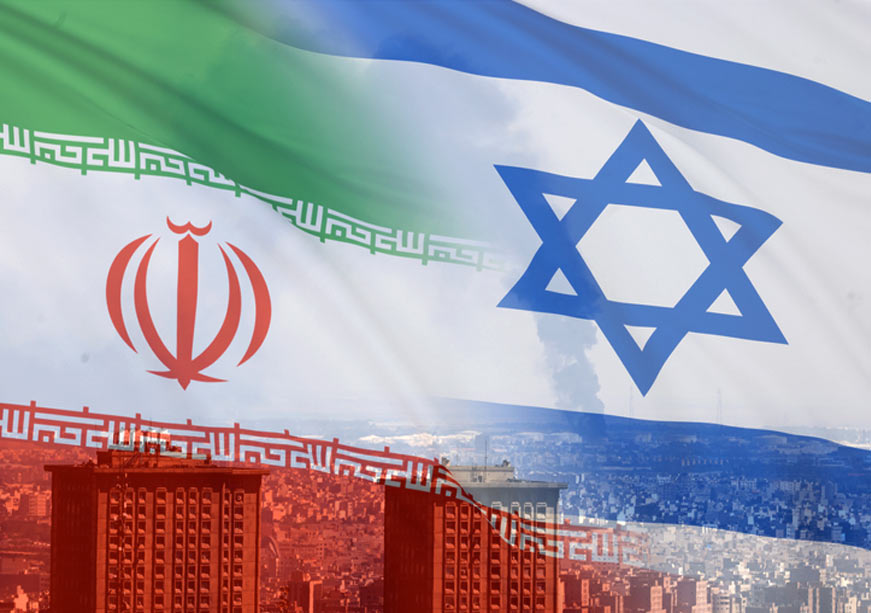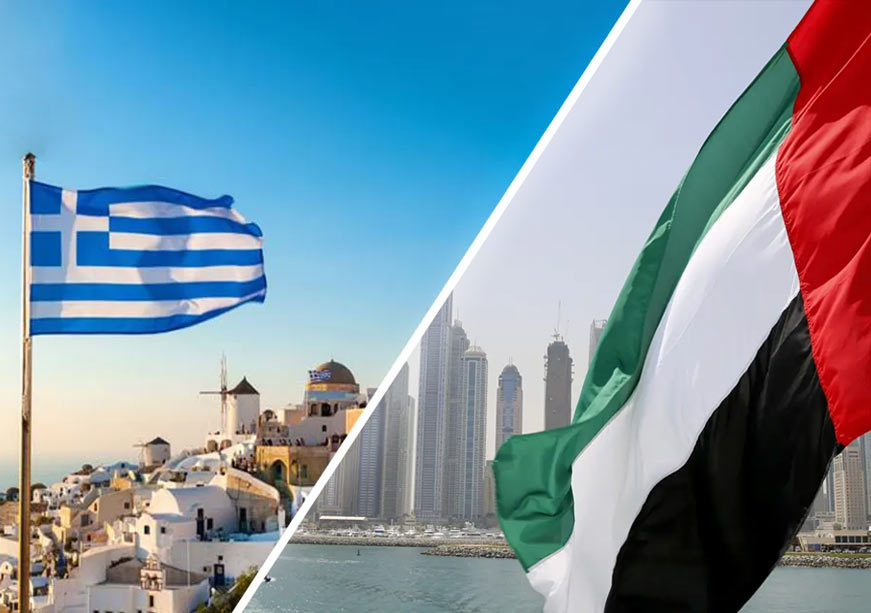Back in 2019, India and the United Arab Emirates (UAE) signed a Memorandum of Understanding on development cooperation in Africa. By 2025, the dynamics in geopolitics have shifted, and so has the African countries’ role–from being primarily seen as a recipient of development assistance to an emerging and assertive marketplace for trade, connectivity, and innovation.
This evolution is reflected in bold initiatives such as the Bharat Africa Setu, conceptualised early this year by the Government of India and DP World of the UAE. The Setu will serve as a comprehensive trade ecosystem–anchored in physical infrastructure along with a plethora of value-added services such as export finance, marketing and branding, packaging, logistics, and certification services. The objective is to, more broadly, reinforce South-South economic cooperation, and, more specifically, enhance India-Africa trade via the UAE, leveraging both sea and air connectivity between ports, economic zones and logistics parks operated by DP World in both geographies.
India, Africa, and UAE: Existing Bilateral Ties
India and the UAE: India and the UAE partnership is one for the books. he countries signed a Comprehensive Economic Partnership Agreement (CEPA) in 2022–a first for both the UAE and the India’s current administration since 2014, with a commitment to increase non-oil trade to US$ 100 billion annually by 2027, already having reached US$57.8 billion (US$85 billion including both oil and non-oil trade) in its second year. The CEPA has unlocked new opportunities in critical sectors such as renewable energy, civil nuclear cooperation, critical minerals, advanced technologies, fintech, aviation, logistics, food security, and space.
The UAE and Africa: The Gulf countries have tremendously expanded their footprint in Africa with over US$100 billion invested in the continent between 2012-2022, according to the African Export-Import Bank. The UAE is leading the pack; the UAE investments in the region have also outpaced those of China, France, and the United Kingdom (UK)–with investments beyond traditional sectors foraying into food parks, agri-tech, fintech, and renewable energy. The UAE is also backing new economic zones in key African states, for instance, the digital incubator ecosystem in Ghana. The UAE’s DP World’s presence in Africa operations includes 10 ports and terminals, three economic zones, 203 warehouses with deeply entrenched freight operations and logistics management, making it a gateway for strong market access.
India and Africa: India has long-standing cultural and historical ties with African countries. However, its current share of trade with the continent remains modest–African countries account for 6 percent of India’s global exports and 5.6 percent of its imports, while India makes up 9.6 percent of Africa’s exports and 7.8 percent of its imports. There is a clear political willingness at the top as well as tremendous economic potential to enhance this bilateral relationship-leveraging India’s exemplary digital stack, an educated talent pool and a shared development ethos that will resonate with Africa. Africa is also on the cusp of a demographic surge–by 2050, more than 60 ppercent of its people will be of working age. In contrast, India’s current demographic dividend is expected to peak around 2041, according to the Economic Survey of India 2018-19. As the labour force begins to shrink in different parts of the world, including India, Africa’s workforce will expand rapidly, becoming younger and more prosperous.
Why the IAU? Why Now?
However, so far, the equation among the three countries remains heavily anchored in trade cooperation, with its success or failure solely judged by metrics such as trade volume and revenues. This is a very simplistic, myopic and limiting approach given the vast potential of untapped opportunities that the three geographies synergistically can help unlock.
In a rapidly evolving world today, moving beyond trade cooperation will be essential. Innovation will be the decisive factor in staying ahead of the curve and staking claim over ideas, technologies and materials that will dictate the norms of the future.
An institutionalised framework for cooperation among India, Africa, and the UAE (IAU) should, therefore, buttress an innovation economy characterised by the number of technologies co-developed and transferred, joint ventures incorporated, collective research produced, and shared intellectual property registered. Combining India’s tech talent and scale, the UAE’s capital and logistics connectivity, and Africa’s demographic dividend and untapped markets, such a synergistic partnership can be transformational.
The focus of the trilateral should be clear: to strengthen economic cooperation via entrepreneurship and the innovation ecosystem, fostering cooperation and partnerships between businesses, start-ups, entrepreneurs, researchers and academicians. Moreover, the IAU is grounded in its geographical proximity; the Indian Ocean serves as the natural connector among the three geographies, making physical and digital connectivity feasible and cost-effective.
In an era where traditional multilateralism is under fire, plurilateral groupings are presenting undeniable alternatives to strengthen strategic and economic cooperation among like-minded countries. Despite its nascent beginnings, the United Arab Emirates, France and India (UFI) trilateral, announced in 2023, has successfully demonstrated a strong policy signal to both the international diplomatic community and domestic private actors, aligning strategic interests and channelising capital towards indicated priorities and avenues.
A formal trilateral format in the form of an IAU will help surpass the existing fragmented and ad hoc efforts for cooperation among these three countries, bringing the much-needed credibility, continuity and gravitas to a partnership with enormous geo-economic and geopolitical potential.
Pillars of the IAU Trilateral Cooperation
1. Industrial and Technological Cooperation
Industrial partnerships and technology co-development should be the linchpin driving the Trilateral. By connecting the tech hubs, entrepreneurial ecosystems and boosting business to business ties, the Trilateral can help unlock synergies across sectors, including Agri-tech, supply chain logistics and cold storage solutions; Ed-Tech and AI enabled learning and upskilling modules; green energy and clean tech including renewables, nuclear, SMRs, green hydrogen and bioenergy; Fintech and digital finance with mobile banking, UPI/RuPay integration; Tourism and heritage commerce; and advanced manufacturing and Industry 4.0 including data centers, robotics, alternative chemistry batteries, critical mineral processing and smart factories. The partnership should encourage joint IP development, sandboxes and open innovation platforms to fast-track technology development, patent filings and tech adoption. Job creation and building local talent pools should be prioritised.
2. Investment and Financing Collaboration
The IAU must be underpinned by a dedicated financial architecture to ensure its success. India’s GIFT City, the UAE’s DIFC and an emerging financial hub – possibly in Lagos, Kigali or Nairobi – should be interlinked to ensure seamless capital flows to induce trade and investment among the three countries. The trilateral should aim to set up a joint fund for capital deployment in key and strategic sectors, particularly for SMEs, startup acceleration and infrastructure co-financing. The Indian government recently committed INR 1 trillion to a fund with the aim of fostering private sector Research, Development, and Innovation (RDI) in the country, which demonstrates political will to finance next-gen technological research. Cross-border integration between national payment platforms and entities in India, the UAE and African nations – connected through India’s UPI infrastructure and the RuPay payment services system – will further ease cross-border capital flows and trade settlements.
3. Research, Vocational and Academic Partnerships
In a rapidly evolving labour market, institutional capacities and individual capabilities both have to be upgraded and upskilled. In this context, research collaborations, cross learning efforts, and fellowship exchanges between academic and vocational centres will become crucial. These not only strengthen workforce readiness but also deepen soft diplomacy through meaningful people-to-people connections.
At a time when the world is scrambling for resources and transactional partnerships are on the rise, the India, Africa and UAE trilateral will promise to be both practical and principled – ensuring economic benefits are shared equitably and partnerships are grounded in mutual respect. We are in the so-called Afro-Asian century, where emerging economies should come together to reshape and redefine their development models and forge resilient partnerships and supply chains.
India’s G20 Presidency in 2023 welcomed the African Union into the grouping. Later this year, India will host the BRICS Presidency, joined by new members UAE, Egypt and Ethiopia alongside South Africa. This convergence offers the perfect stage to announce an IAU trilateral on the sidelines of the Summit in 2026, showcasing growing camaraderie and shared commitment to each other and to next-gen innovation–a key priority for the block.
Mannat Jaspal is the Director and Fellow of Climate and Energy, Observer Research Foundation–Middle East
